Not only does it need to preserve and develop traditional crafts, the industry also needs to create sustainable economic value through multi-channel trade promotion and expanding export markets.

Vietnamese quintessence attracts international consumers
At the 2025 Hong Kong International Handicraft Fair (Mega Show Part I 2025) which took place from October 20 to 23, Hanoi's pavilion was designed to stand out with 30 booths, gathering 30 typical enterprises, cooperatives and handicraft production establishments.
The diverse product lines on display include lacquerware, ceramics, rattan and bamboo weaving, silk embroidery, gifts, decorations and new creative products. The participating units are all registered businesses and establishments, directly investing in production in craft villages on the outskirts of Hanoi, with stable production capacity, export potential and experience in negotiating and trading with foreign partners.
During the fair, Hanoi's pavilion welcomed about 2,500 visitors, including importers, distributors and potential partners from many countries.
According to Deputy Director of Hanoi Department of Industry and Trade Nguyen Anh Duong, Hanoi's proactive participation in major international fairs such as Mega Show is a step in the right direction in the strategy of building the brand "Creative Capital" recognized by the United Nations Educational , Scientific and Cultural Organization (UNESCO). Trade promotion activities not only introduce products, but also spread the image of culture, skills and identity of Vietnamese craft village artisans to international friends. This is also an activity within the city's international trade promotion program, aiming to support craft village enterprises to promote and introduce products, find customers and expand exports.
At the fair, Hong Kong (China) consumers highly appreciated the sophisticated craftsmanship, exquisite design and cultural value in each product of Bat Trang ceramics, Ha Thai lacquerware, Phu Vinh bamboo and rattan, Quat Dong silk embroidery, etc. This is a positive signal, proving the creativity, adaptability and competitive potential of Hanoi handicrafts in the international market.
“Passport” to access global supply chains
Not only having commercial significance, the recent promotion activities in Hong Kong (China) also helped artisans and businesses in Hanoi approach green consumption trends, grasp new requirements for environmentally friendly products, a factor that is becoming the top criteria of global importers.
In particular, experts in the handicraft industry also said that this is an oriented market, having an influence on large markets such as the UK, France, and Japan. If the products are accepted here, it will be a convenient "passport" to access regional and global supply chains.
“Therefore, in addition to promoting trade on the spot, bringing products to international fairs is an effective solution to help Vietnamese handicrafts reach global customers. This is not only an opportunity to promote products, but also an opportunity to introduce culture, craft villages and traditional arts, expand export opportunities, link production and consumption, and enhance brand value,” said Nguyen Anh Duong, Deputy Director of the Hanoi Department of Industry and Trade.
Handicraft expert Vu Hy Thieu also informed that some craft villages in Hanoi, Bac Ninh... when participating in international fairs in Germany, Japan, Korea have made a strong impression thanks to their unique products and direct demonstration of craft skills. International visitors not only buy products, but also place orders on demand, opening up a long-term consumption channel, helping craft villages increase revenue and enhance the reputation of Vietnamese brands.
The results show that participating in international fairs also promotes creativity in production, requiring artisans to constantly innovate designs, techniques and colors to suit the tastes of foreign customers. Thanks to that, the products are not only traditional items, but also become high-value commercial items, meeting both cultural and market requirements.
According to statistics from the Hanoi Department of Industry and Trade, when implemented synchronously, the fair is not only a place to display products, but also becomes a market bridge, increasing product value and enhancing the reputation of the Vietnamese handicraft industry.
In addition, the fair is also a connecting point between businesses, craft villages and artisans, helping them learn new techniques, update design trends, apply technology in production and improve promotion capacity. This is an important factor for traditional crafts not only to survive, but also to develop strongly and sustainably in the integration period. Handicraft expert Vu Hy Thieu said that the trade promotion strategy includes two pillars: On-site trade promotion to create modern display spaces, financial support, craft demonstrations, and information promotion for artisans to fully display their products. Regular participation in international fairs with new products, promoting brands, expanding export markets, helping artisans reach global customers and increasing product value.
With the goal of increasing the export turnover of handicraft products by an average of 6-8%/year, expanding the market to Europe and Asia, taking advantage of free trade agreements and reducing dependence on traditional markets, in the coming time, Hanoi city will continue to support enterprises and craft village production facilities to participate in exhibitions and fairs in Europe, Asia and the US. At the same time, the city encourages enterprises, craft villages and artisans to innovate designs and apply technology to increase the added value of products.
Source: https://hanoimoi.vn/dua-nganh-hang-thu-cong-my-nghe-vuon-ra-quoc-te-720963.html


![[Photo] Nhan Dan Newspaper displays and solicits comments on the Draft Documents of the 14th National Party Congress](https://vphoto.vietnam.vn/thumb/1200x675/vietnam/resource/IMAGE/2025/10/26/1761470328996_ndo_br_bao-long-171-8916-jpg.webp)



![[Photo] General Secretary To Lam received the delegation attending the international conference on Vietnam studies](https://vphoto.vietnam.vn/thumb/1200x675/vietnam/resource/IMAGE/2025/10/26/1761456527874_a1-bnd-5260-7947-jpg.webp)
![[Photo] Enjoy the Liuyang Fireworks Festival in Hunan, China](https://vphoto.vietnam.vn/thumb/1200x675/vietnam/resource/IMAGE/2025/10/26/1761463428882_ndo_br_02-1-my-1-jpg.webp)
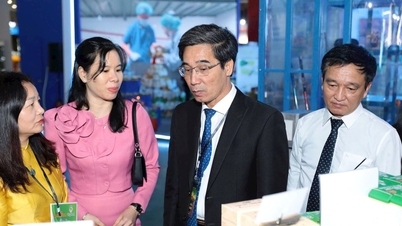

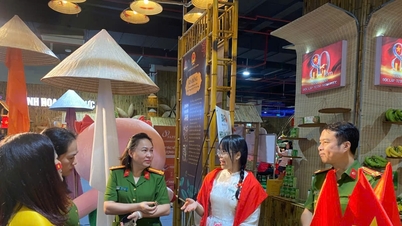
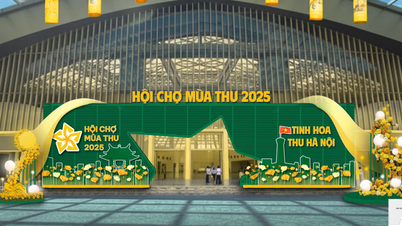

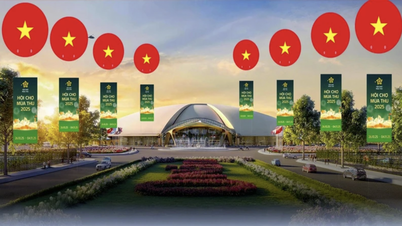
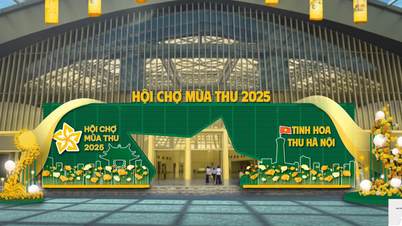
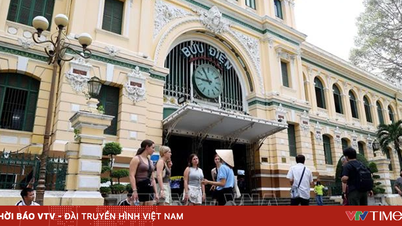

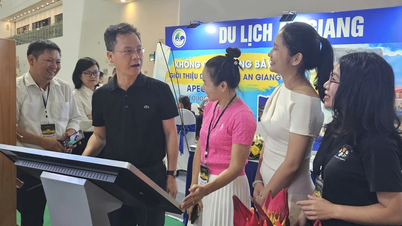

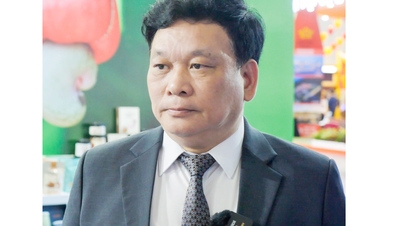

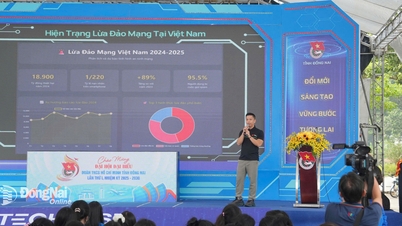
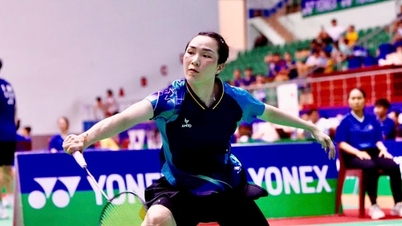


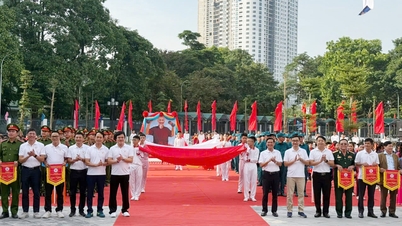






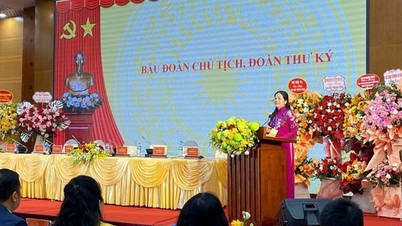
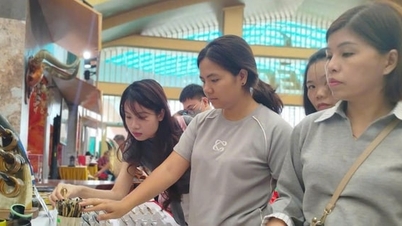



![[Photo] Prime Minister Pham Minh Chinh attends the opening of the 47th ASEAN Summit](https://vphoto.vietnam.vn/thumb/1200x675/vietnam/resource/IMAGE/2025/10/26/1761452925332_c2a-jpg.webp)








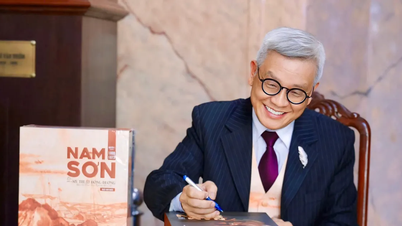




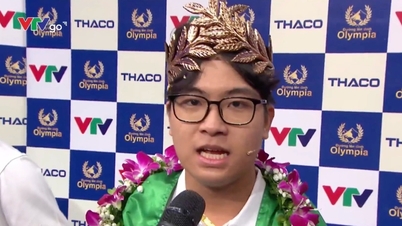





















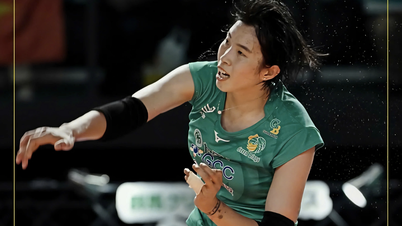





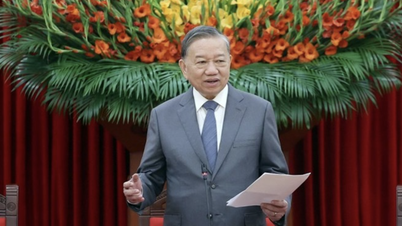

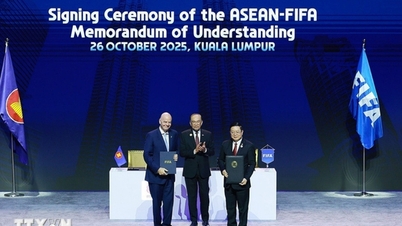

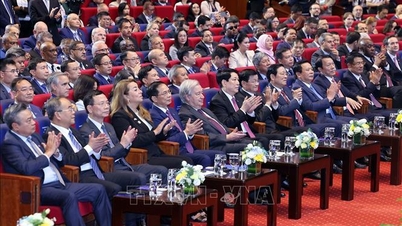

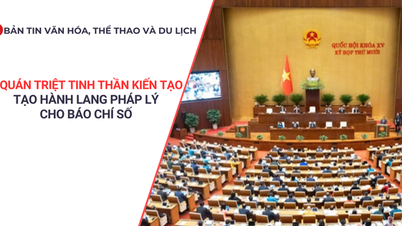
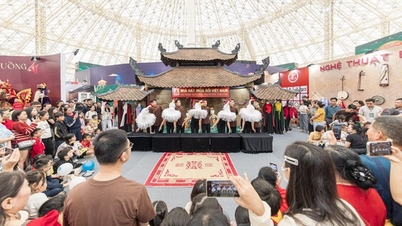


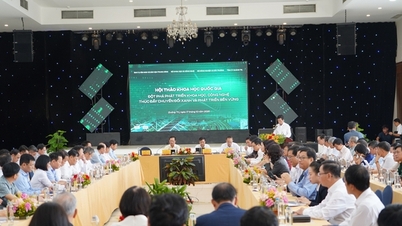
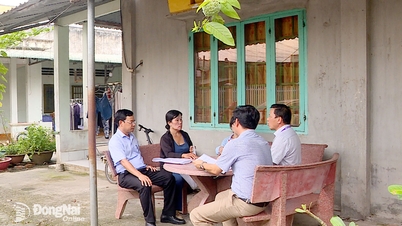











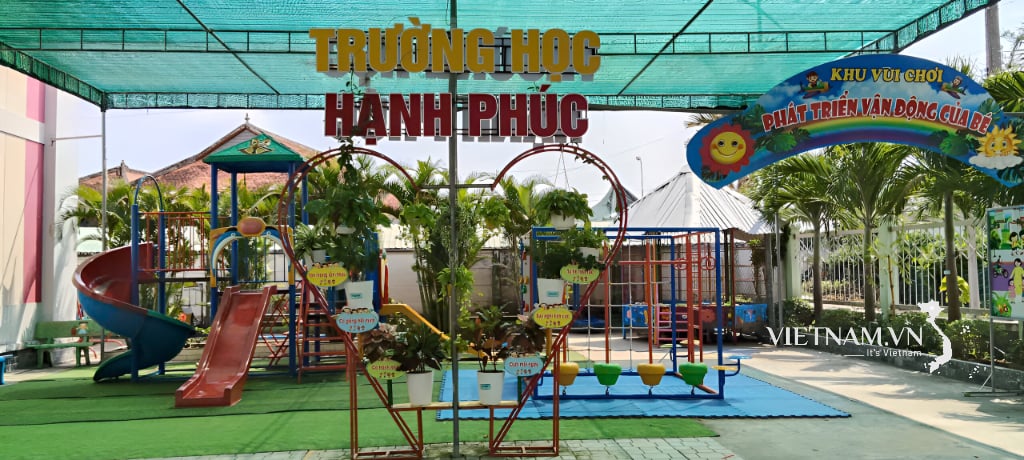
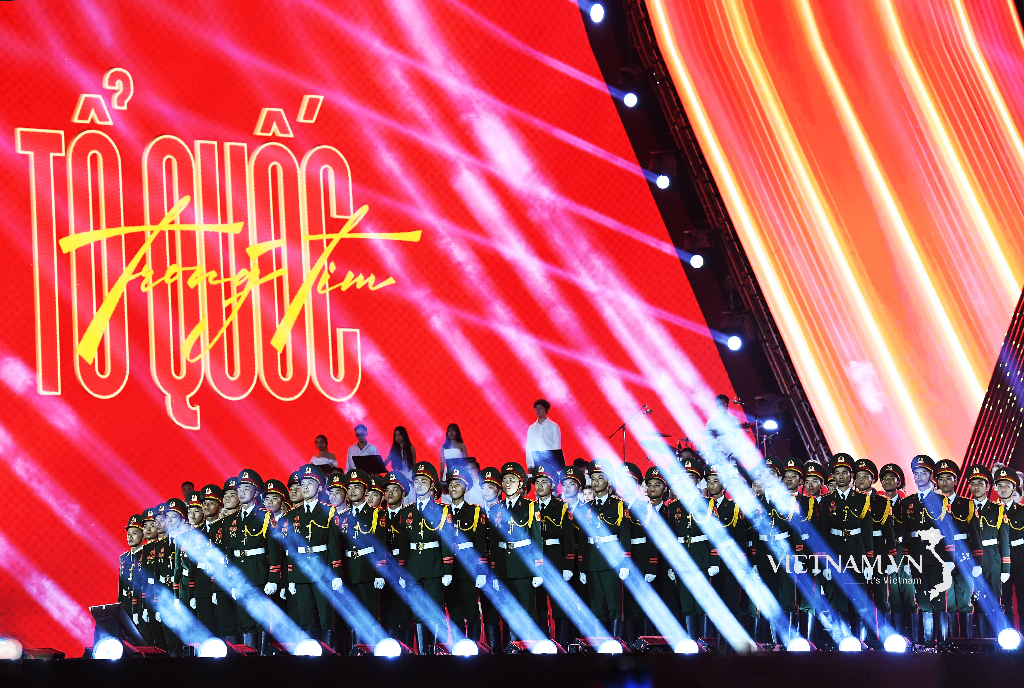


Comment (0)